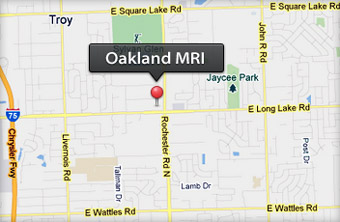The video captures the active second stage of labour as the mother expels the fetus. The technique, called cinematic MRI, takes repeated images of the same slice of the body before joining them up to create an ultra-detailed video. It was recently turned on unborn twins for the first time to study a common complication where one fetus receives more of the blood supply and becomes much larger than the other.
By using MRI, the team was able to examine the relationship between the movement of the fetus and its position as it travels through the birth canal, which should help doctors better manage labour and delivery. In the future, the team also hopes to visualise the first stage of labour using the same technique, possibly using the videos to create virtual-reality computer training.

